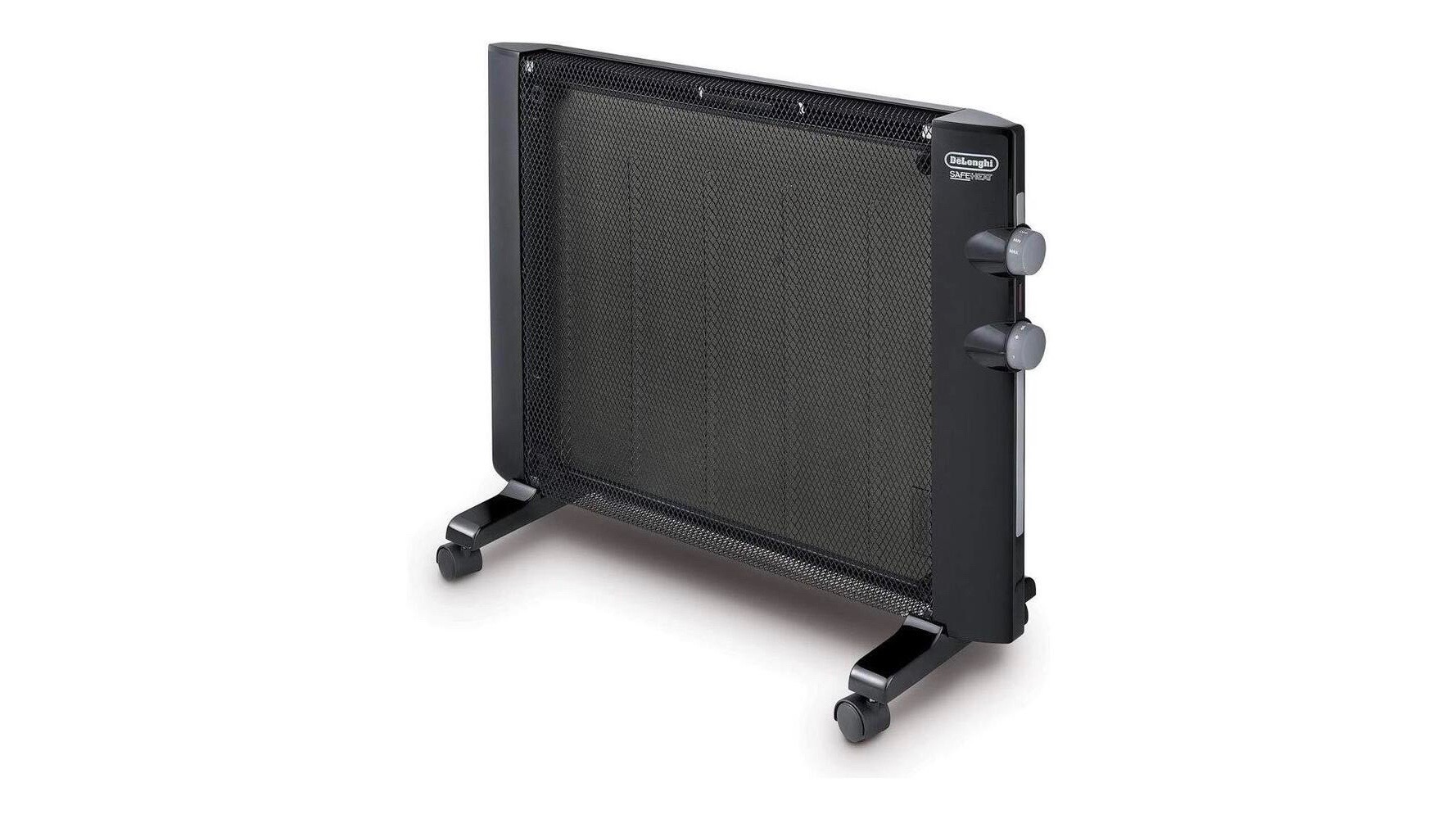Table Of Content

Both federal and state incentives and rebates exist for solar heaters. Taking advantage of these as much as possible will allow you to cut your expenses dramatically and make your home into a more affordable one overall. It’s common to pay around $70 an hour for the installation of a solar home heating system. With most systems taking several days to install, you should expect to pay a few thousand dollars to have it completed. Here, we break down the difference between active and passive systems plus explain the collector types in more detail so you have a better feel for which system is best for your home.
Installing and Maintaining Your Solar Heating System
We recommend checking the Database of State Incentives for Renewables & Efficiency (DSIRE) for a complete list of solar heating incentives in your state. Our guide explores the benefits of solar heating, the types of systems available and how to choose the best solar heating system for your home. A working PV panel has a strong encapsulant that prevents chemicals from leaching, similar to how defroster elements are sealed in a car windshield. Solar panels are built to work in all climates, but in some cases, rooftops may not be suitable for solar systems due to age or tree cover. If there are trees near your home that create excessive shade on your roof, rooftop panels may not be the most ideal option.
Average Cost Of A New Furnace: By Size, Type And More – Forbes Home - Forbes
Average Cost Of A New Furnace: By Size, Type And More – Forbes Home.
Posted: Sat, 13 Apr 2024 07:00:00 GMT [source]
Solar hot water
They also have liquids such as water or a non-toxic glycol antifreeze trapped in a sealed panel to transfer the heat energy generated. The sun’s heat can be tapped in different ways and using various applications to meet the heating needs of your homes. Active and passive solar heating techniques are found to be equally beneficial for this purpose, while the applications include water heating, space heating, and pool heating. The second method of heating your home with solar thermal technology, passive solar heating, does not include or require any mechanical processes.
Best Portable Solar Panels For Campers
Upgrading your heat source may not be the most budget-friendly option if what you currently have is too expensive. If you happen to find that upgrading your system is doable, solar heating systems are an excellent option. Net metering is an arrangement between solar energy system owners and utilities in which the system owners are compensated for any solar power generation that is exported to the electricity grid. The name derives from the 1990s, when the electric meter simply ran backwards when power was being exported, but it is rarely that simple today. Whether or not your solar system qualifies for net metering payments depends on policies and practices in your state and electric utility.
Window-mounted units are good for heating small rooms, such as a bedroom. A solar pool heater uses solar thermal panels (also known as collectors) that collect heat from the sun and transfer it to pool water that is pumped through them. These solar collectors usually look similar to photovoltaic panels but have space inside them for pool water to flow through and be heated up. Solar pool heating uses solar technology to warm outdoor swimming pools.

That’s why it’s important to check with your local utility companies to see what’s available in your area. For instance, in Arizona residents can receive a 25% tax credit on their system install up to $1,000, allowing them to drop the price of their system even further. If you have a solar water heater that uses an active circulation system, there will be power cost to run the pump throughout the day.
She's a clean-energy pro. Electrifying her home was still a slog - Canary Media
She's a clean-energy pro. Electrifying her home was still a slog.
Posted: Mon, 04 Mar 2024 08:00:00 GMT [source]
Solar Air Heating
The first is the one you’re likely most familiar with – photovoltaics, or PV. When the sun shines onto a solar panel, photons from the sunlight are absorbed by the cells in the panel, which creates an electric field across the layers and causes electricity to flow. One of the main advantages of installing a solar home heating system is its low maintenance. This means the system can be run with basic maintenance costs during this period. Air heaters can be placed on rooftops or walls to capture the heat of the sun.
Solar Water Heater
It’s the most accurate way to find out what you’ll pay—and one of the easiest as well. Make sure that each estimate details all the work that will be done as well, so you know what you’re paying for and can compare different providers effectively. To save on energy costs, supplement your heating needs with a solar air convection heater that collects heat from the sun to create heat. Passive heating systems can only be implemented economically in new homes, so it’s only relevant for those who are about to build a new house. By contrast, active heating can be retrofitted in existing homes with traditional heating systems. Solar energy can be harnessed and applied in a variety of ways – not just via solar panels.
FAQ About Solar Heating
The air and liquid inside a pipe are warmed by the heat transferred by the collector. This heat is either carried directly to the interior space by a pump or a venting mechanism, or it is stored in a storage system. Solar makes the perfect heat source for installed radiant floor heating. Typically, in these kinds of setups, a solar heated storage tank is connected to the radiant system to pump heated liquid through the pipes embedded in the radiant flooring.
While photovoltaic solar panels converting light into electricity is a well-known concept, it's not the only way to harness solar energy. It is used primarily in very large power plants and is not appropriate for residential use. This technology uses mirrors to reflect and concentrate sunlight onto receivers that collect solar energy and convert it to heat, which can then be used to produce electricity.
Many of our solar installers have experience installing other solar technologies like solar water heating and solar space heaters, and it will often be more cost effective to tackle all these home improvements at once. Unlike passive systems, active solar heating systems use mechanical devices, like pumps, collectors, and storage tanks to circulate the heat throughout a home. Photovoltaic solar panels generate electricity, but energy from the sun can be used in different ways.
It should also be noted that energy efficiency upgrades complement solar energy economically. By using Energy Star appliances and other products in your home, you’ll need less solar energy to power your home. There are two primary technologies that can harness the sun’s power and turn it into electricity.
Homeowners can use solar heating systems as stand-alone options or supplement existing installations such as an HVAC system. Several factors, including home heating needs, local climate, and system equipment, will impact the overall heating system efficiency. Hydronic baseboard heating systems require a water temperature of approximately 170°F for optimum functioning.
The good news is that the price for all of these items is typically quite competitive compared to the price of other pool heater options, like using gas or a heat pump. Other factors that influence cost are the size of the pool, whether it is in-ground or above-ground, and where you live. Rather than using solar for a whole-home heating and cooling system, a solar heater provides additional (or sole) heating for a specific room or rooms. Take advantage of DIY solar heater plans to build a low-cost heating system, using materials available at your local hardware store, such as polycarbonate glazing, framing lumber, and silicone caulk sealant. You may not need a heat exchanger when using air or a natural liquid, such as water. With other substances, the heat exchanger helps keep the artificial liquid from contaminating your water supply.
This allows for the heat to rise naturally and distribute evenly throughout the space. With roof-mounted heaters, ducts are used to push heated air into the room. When it comes to wall-mounted room heaters placed on south-facing walls, holes are made through the wall in order for the air to pass into the room.
A simple window air heater collector can be made for a few hundred dollars. Tanks are pressurized or unpressurized, depending on overall system design. Before choosing a storage tank, consider cost, size, durability, where to place it (in the basement or outside), and how to install it. You may need to construct a tank on-site if a tank of the necessary size will not fit through existing doorways. Tanks also have limits for temperature and pressure, and must meet local building, plumbing, and mechanical codes. You should also note how much insulation is necessary to prevent excessive heat loss, and what kind of protective coating or sealing is necessary to avoid corrosion or leaks.

No comments:
Post a Comment